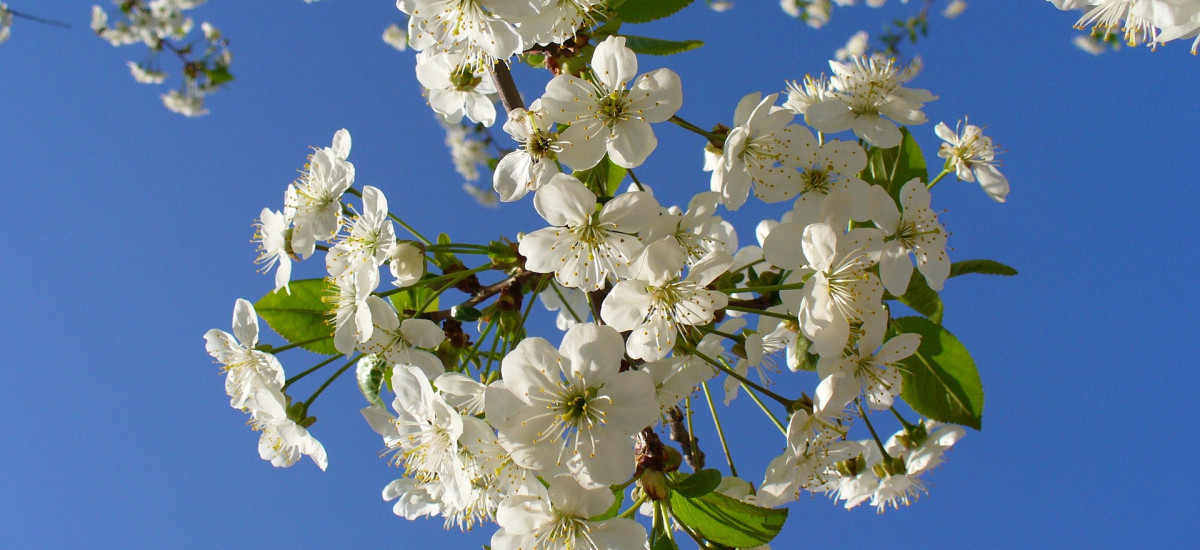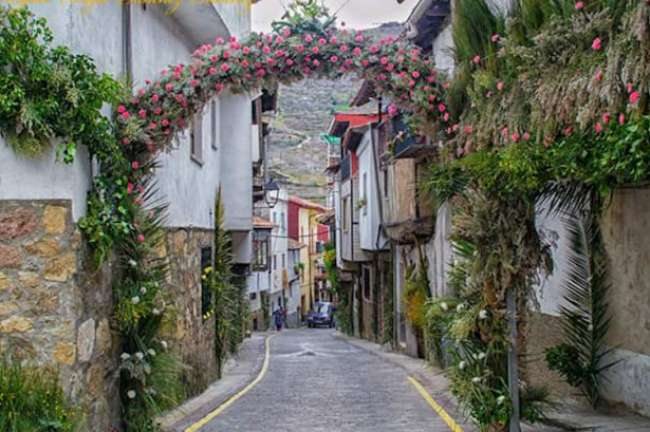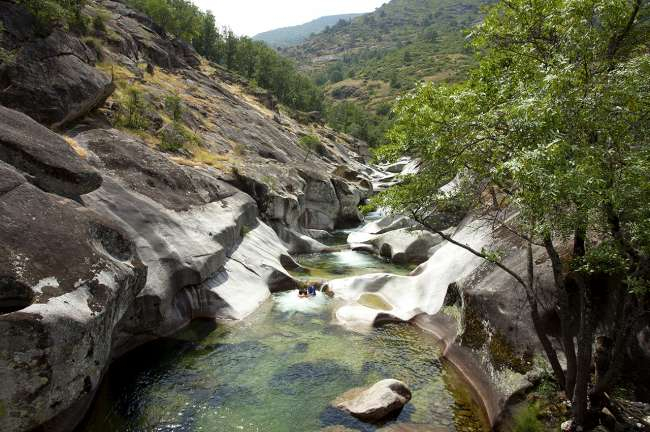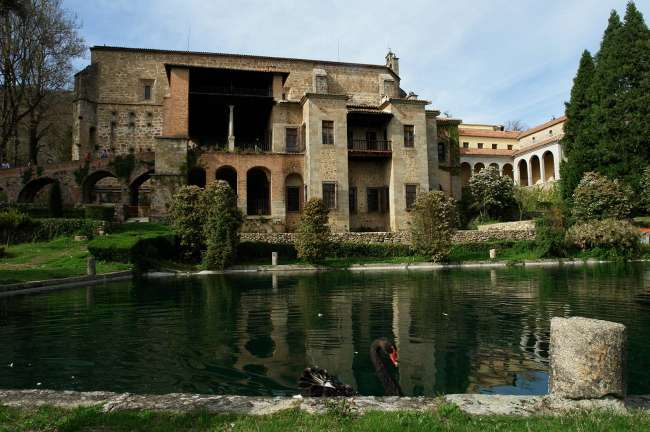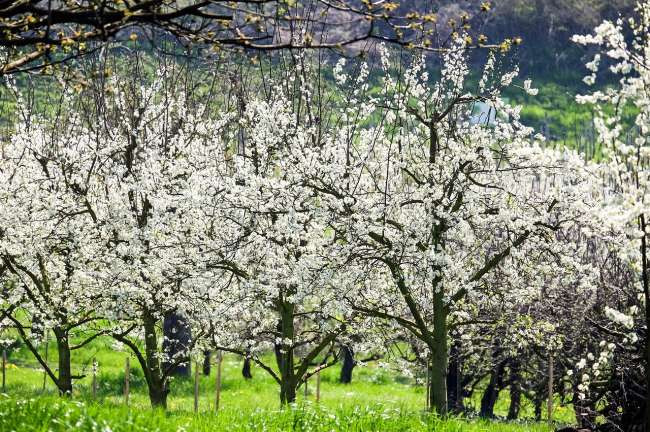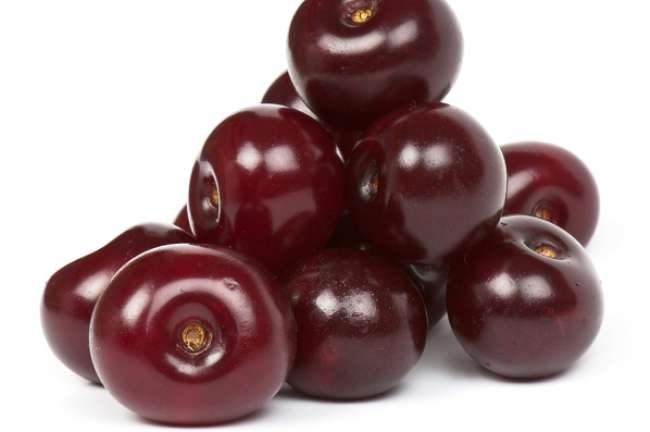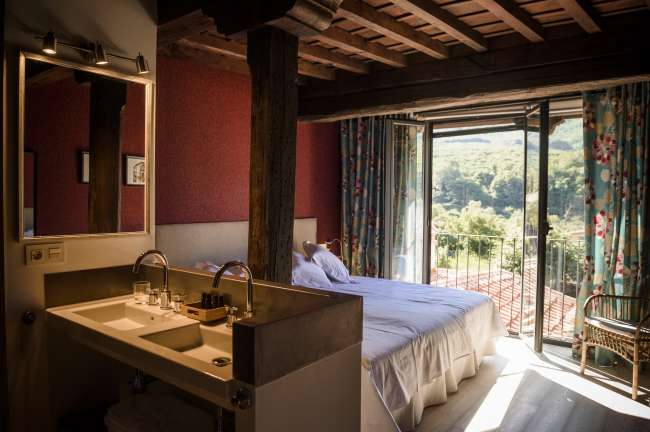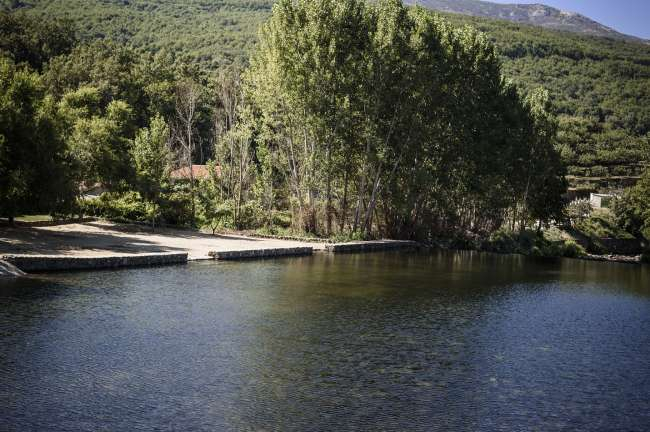
A LITTLE HISTORY
The name of the river Jerte, and therefore also that of the region, comes from the Arab: "Xerit", a word that may have had two meanings: "narrow river" or "crystalline river". In this ancient form of the name of the river the gentile name has been taken: valxeritenses, which alternates indistinctly in its use with the most common jerteños, vallenses, or vallejerteños. In the year 1186, King Alfonso VIII of Castile founded the city of Plasencia on a previous settlement, in order to guarantee and ensure the possession of Gredos and the Valle del Jerte. The Vía de la Plata is established as the border between the Kingdom of León and the Crown of Castile, the Valle de Jerte being within the Castilian orbit, as is the district of Plasencia. In the history of Valle del Jerte, the protagonist has been the cherry, and with it a legend that speaks of a Russian czar who wanted to find a refuge for rest in the Jerte Valley and, so that his wife would not miss the snows of their land, decided to simulate them once a year through the cherry blossoms.
